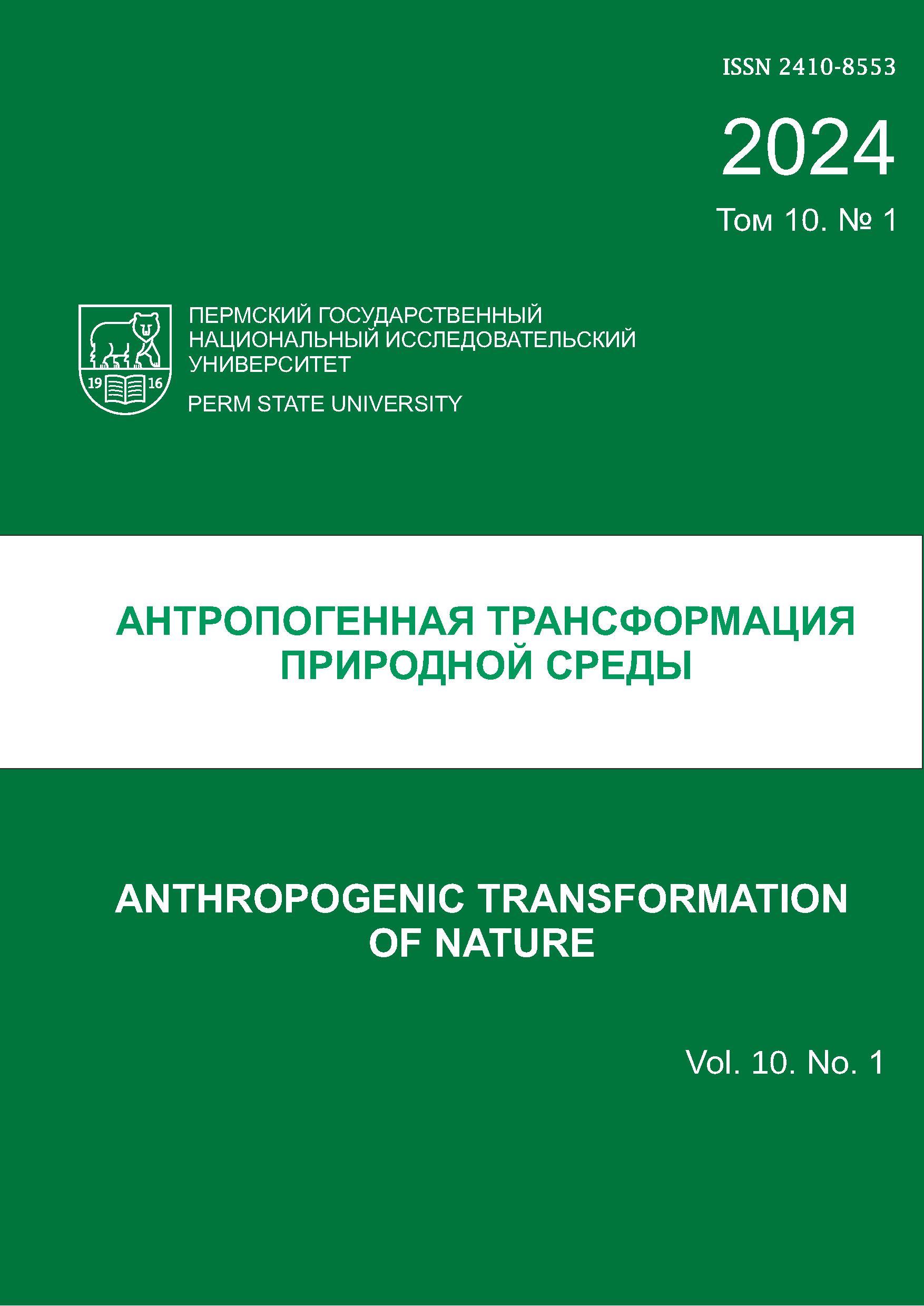О жизнепригодности складированных отходов переработки сульфидных руд на ранних стадиях почвообразования
Оригинальная научная (исследовательская) статья
DOI:
https://doi.org/10.17072/2410-8553-2024-1-24-36Ключевые слова:
техногенные отходы, почвообразование, рекультивация, растения, микроорганизмыАннотация
В статье рассматривается жизнепригодность техногенных отходов многолетних хвостохрани-лищ и насыпных отходов обогащения золотосодержащих руд на ранних стадиях почвообразования для овса посевного и азотфиксирующих микроорганизмов, с целью обоснования использования их в экологически безопас-ной консервации поверхности. Установлено, что в почвоподобных средах присутствуют многие металлы и металлоиды в подвижной форме, образуя вторичные сульфаты, основной из которых гипс. Представлены новые данные о транслокации химических элементов в корнях и ростках овса посевного, о развитии в техногенных условиях колонизирующих фото- и гетеротрофных микроорганизмов. Сообщается, что наиболее жизнепригодной для растений и микроорганизмов оказались среды обитания с веществом отходов при нейтральных значениях кислотности, сухой вес проростков в этих пробах был существенно выше, чем на фоне кислых. С помощью электронной микроскопии установлены факты фоссилизации жизнедеятельных цианобактерий и водорослей. Полученная информация может быть использована при характеристике первичного почвообразования и современных механизмов биогенного концентрирования металлов в условиях техногенеза, учтена при обосновании и разработке природоподобных технологий экологически безопасной консервации сульфидсодержащих отходов агломерации руд.Загрузки
Опубликован
2024-06-28
Как цитировать
Артамонова, В., & Бортникова, С. (2024). О жизнепригодности складированных отходов переработки сульфидных руд на ранних стадиях почвообразования: Оригинальная научная (исследовательская) статья. Антропогенная трансформация природной среды, 10(1), 24–36. https://doi.org/10.17072/2410-8553-2024-1-24-36
Выпуск
Раздел
Трансформация природной среды
Лицензия
Copyright (c) 2024 Антропогенная трансформация природной среды

Это произведение доступно по лицензии Creative Commons «Attribution» («Атрибуция») 4.0 Всемирная.

